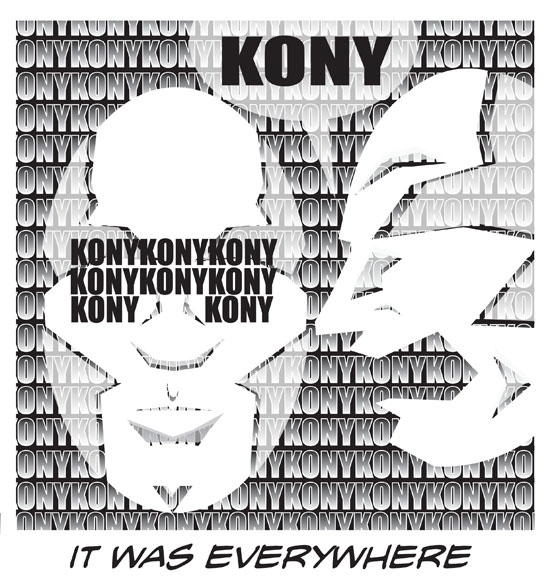EDITORIAL: Invisible Children or Hidden Agendas? You decide.
‘Kony 2012’ video campaign continues to spark controversy and trigger attention

The not-for-profit organization, “Invisible Children” has recently received a great deal of attention due to their viral video campaign, “Kony 2012.”
As the motives of this seemingly good-natured organization continue to be the subject of much deliberation, the significance behind critical thinking becomes increasingly apparent.
Regardless of discrepancies from supporters and skeptics alike, everyone is able to agree on one thing: Joseph Kony is an evil man who should be punished for his crimes. Still, the matter goes much deeper. Kony and his atrocities are no longer the center of attention; the controversy is.
In early March, the public was introduced to the shocking brutality of one man. The “Kony 2012” video is a half-hour long documentary urging the public to support the organization Invisible Children and their mission to capture Kony. Many immediately sought to join the movement by sharing the message, and share they did – on almost every social media outlet and email inbox around the world.
Six days after being released online, the “Kony 2012” video topped 100 million views worldwide, making it the fastest-growing viral video campaign ever. In record timing, the video plagued the World Wide Web like a wildfire, leaving a trail of avid sympathizers along the way.
It wasn’t long, however, before curious minds began to ask questions. Before accepting everything the video had to offer, some decided to look closer. Critics quickly pointed out a number of puzzling inaccuracies and suspicious details concerning the video and Invisible Children. Before long, the motives and actions surrounding members of the organization were put under close scrutiny, and opposition toward the campaign followed.
Skeptics claim that the individuals responsible for producing the video intentionally embellished certain details and omitted key points to influence public support. The organization was accused of capitalizing on the emotional aspects involved, while neglecting to mention specifics, such as the fact that Kony has not been in Uganda for six years, although this is where the organization’s contributions are distributed. Additionally, several attempts to intercept Kony have proven unsuccessful.
Moreover, the financial operations of the organization were called to question. As a nonprofit, Invisible Children’s financials are public. A 2011 financial statement shows that of nearly $9 million in expenditures, about $2.8 million was given directly to relief measures. The rest was spent on traveling, filming, salaries and other expenses.
In defense, many argue that this video, while costly, was inarguably successful in communicating the message and fostering support. Advocates also argue that the content of the video was affected by time restraints, and therefore, some information was excluded. The organization has since released a second, more detailed video in response to the criticism.
The truth is, both sides argue strong points, and perhaps no one knows the whole story. Nonetheless, it is important to analyze the facts, not the emotions, associated with an issue. Whether it is compassion or greed, it is emotional and impulsive thinking that makes the public vulnerable to scams and deceptions.
That is not to say that being a pessimist and doubting everything is healthy or logical; nor does it imply that the Invisible Children organization has bad intentions. Nonetheless, it is to say that a critical approach is the best approach to just about everything these days. Moreover, with the Internet and the accessibility of information available, there is no excuse for ignorance. Today’s world is one with answers often only a few mouse clicks away.
Journalism students are taught to dig deeper – to take nothing at face value. They are taught to verify no matter what source gave them their information.
As an informed citizen and members of a higher education community, we should all strive to follow this philosophy. It is not important on which side of an issue you stand: left or right, Republican or Democrat. What is important is making informed and educated decisions yourself and being able to defend those decisions. This includes everything from the politicians you vote for, to the religious views you choose, and even the causes you do or do not support. This principle relates to every aspect of life.
Nothing is just as it appears. Like many great works of art, there is more than originally meets the eye, but you must take time to actually look. As the Greek writer Aesop said, “Every truth has two sides; it is as well to look at both, before we commit ourselves to either.”

